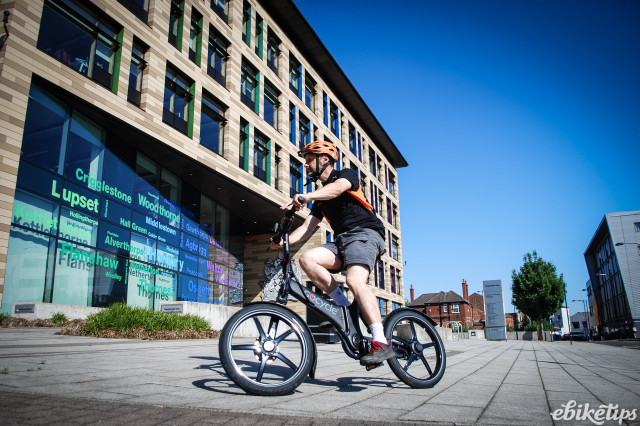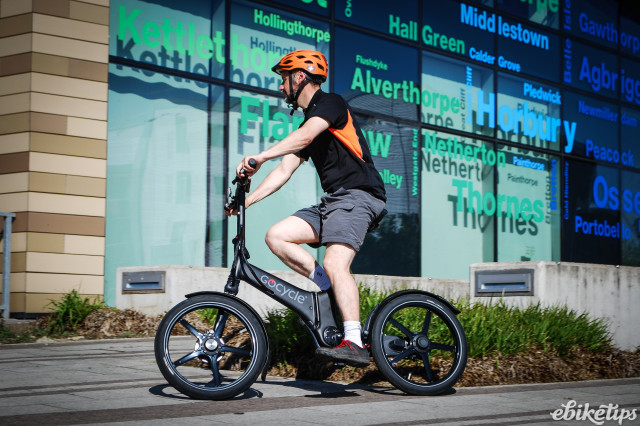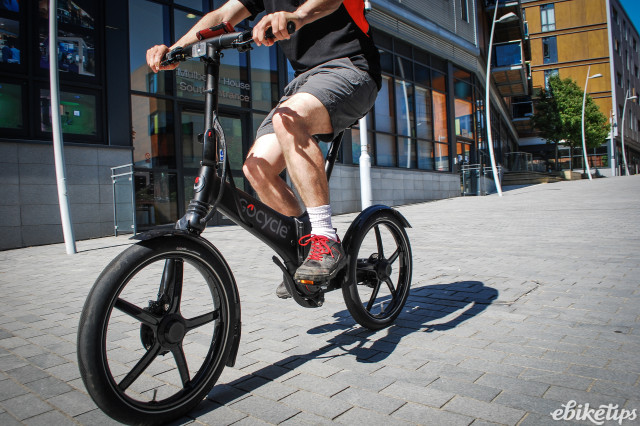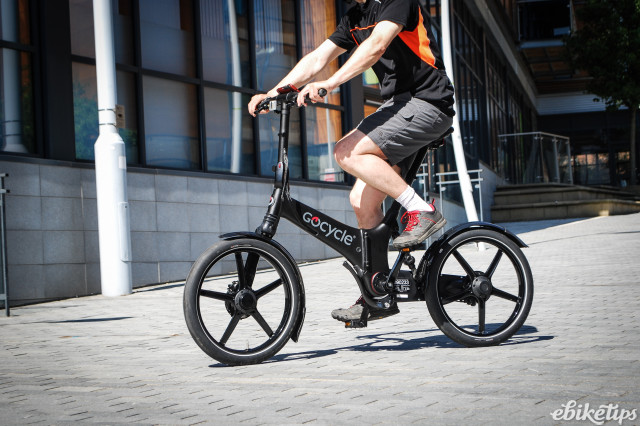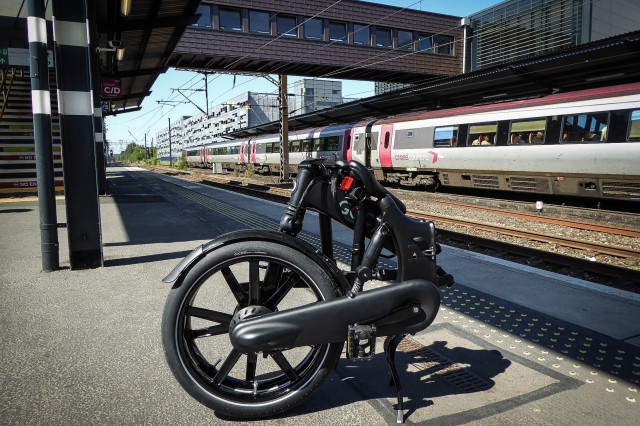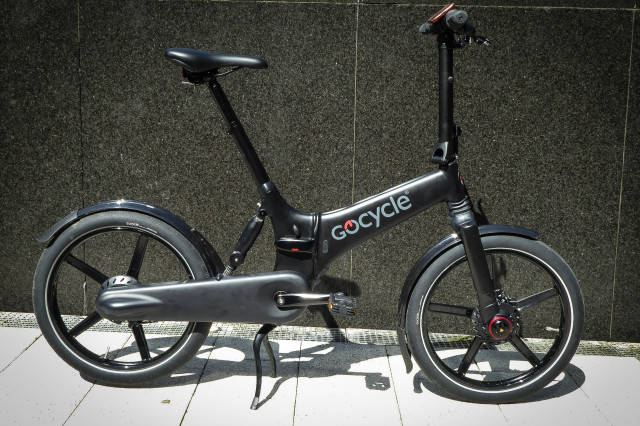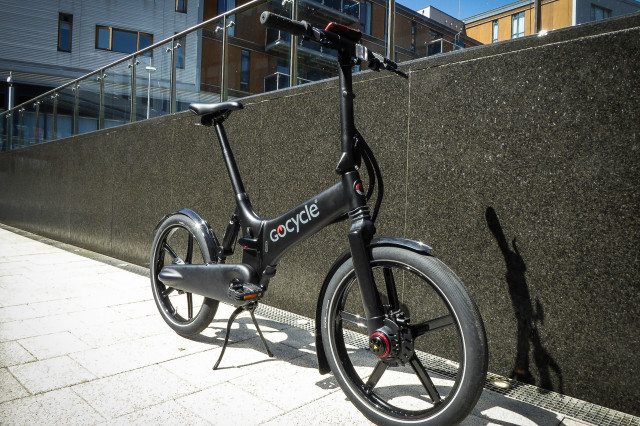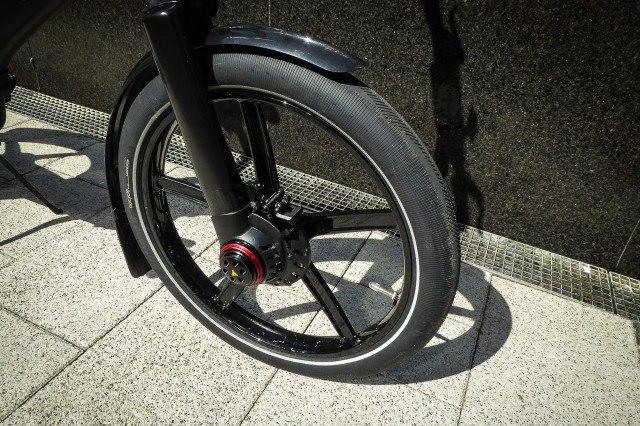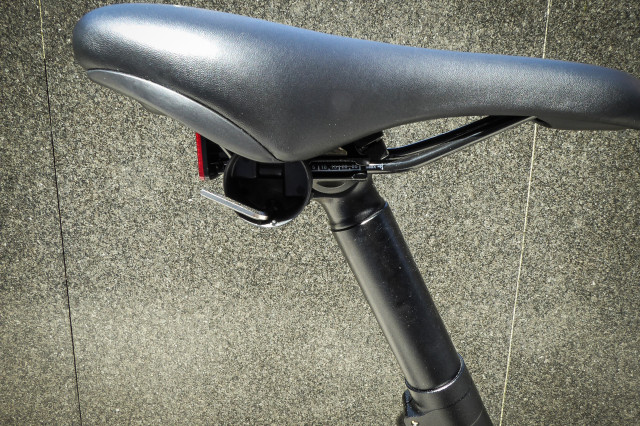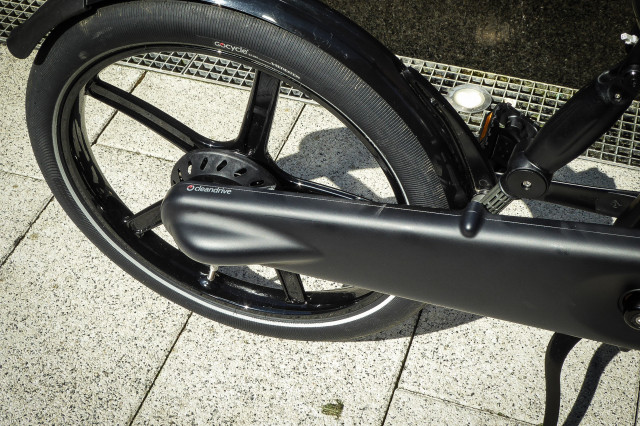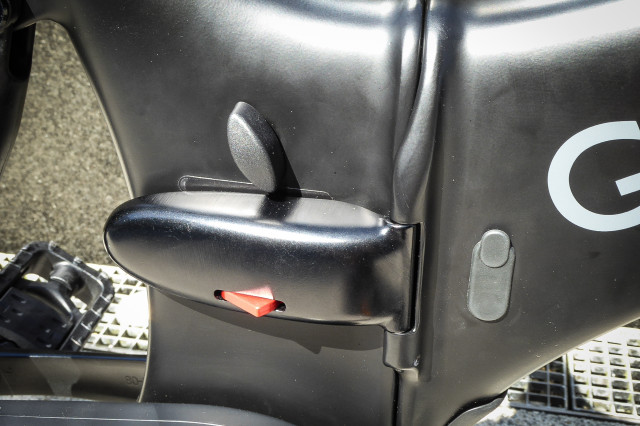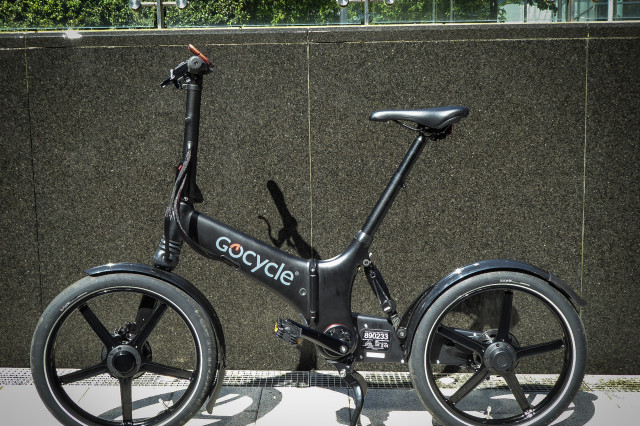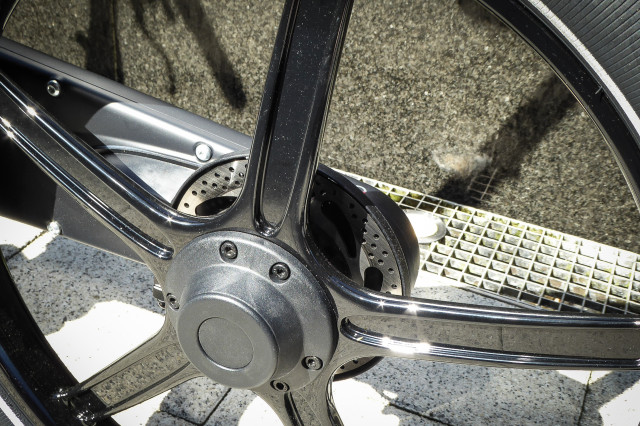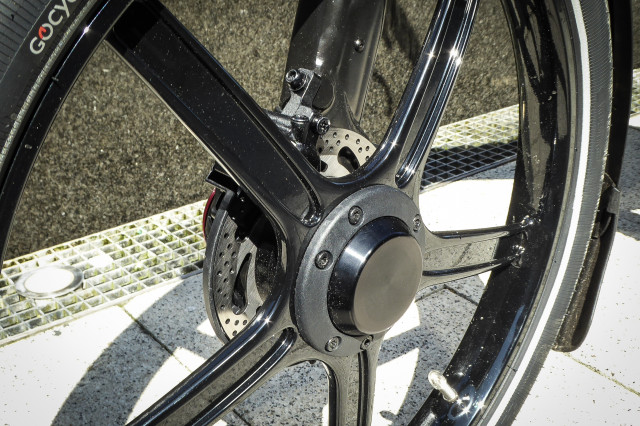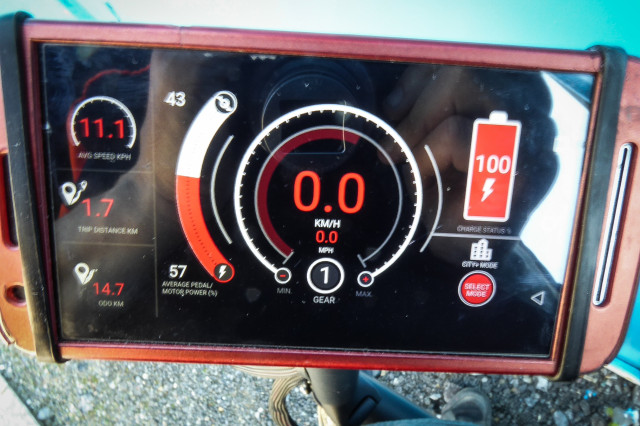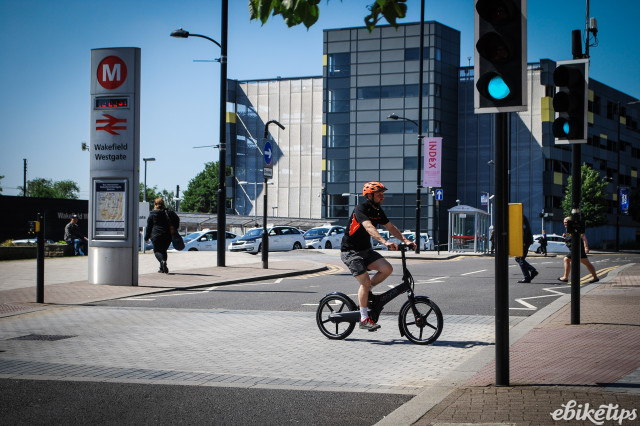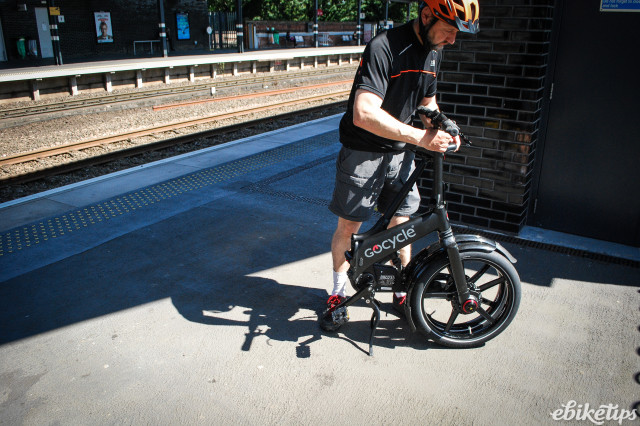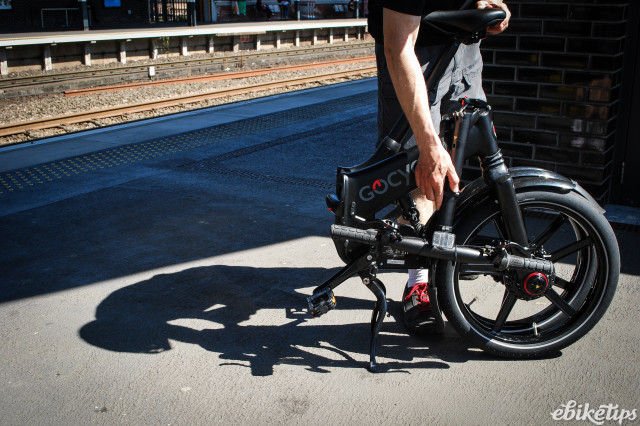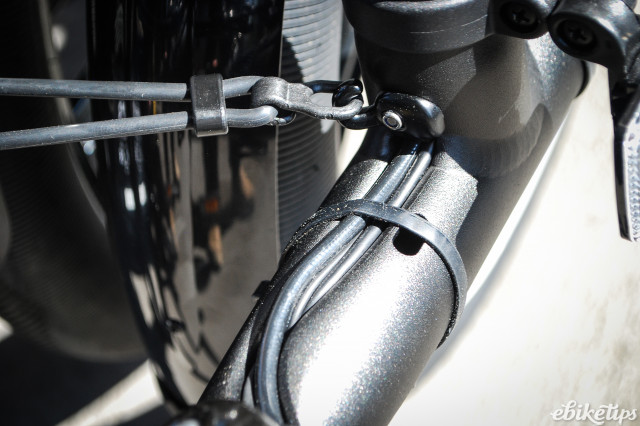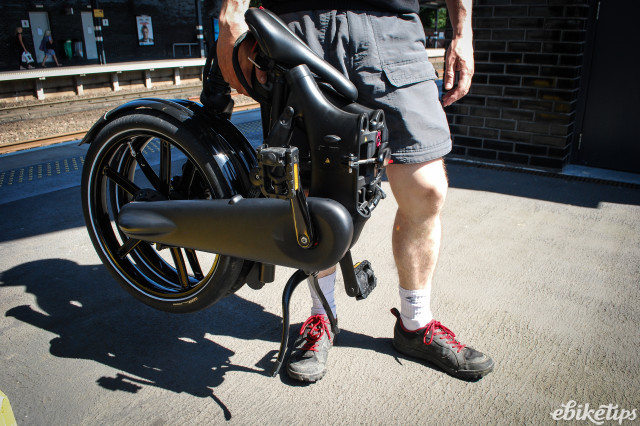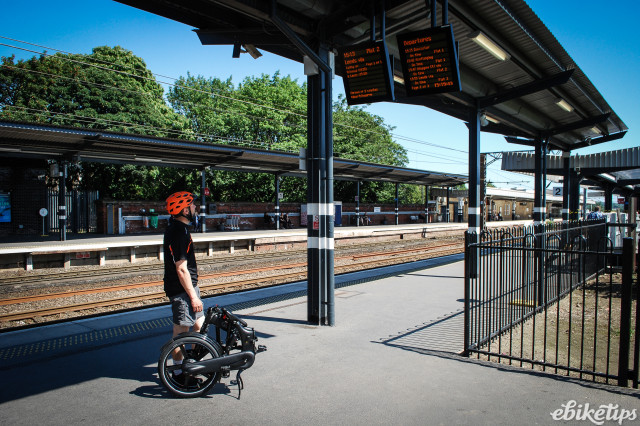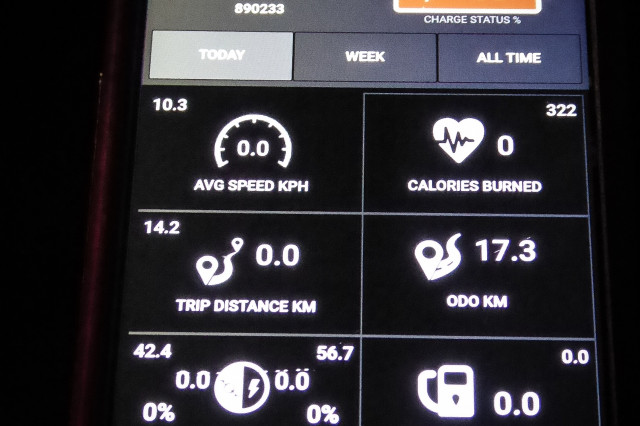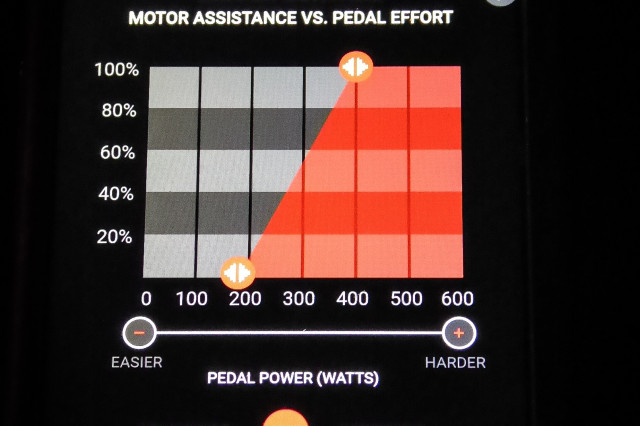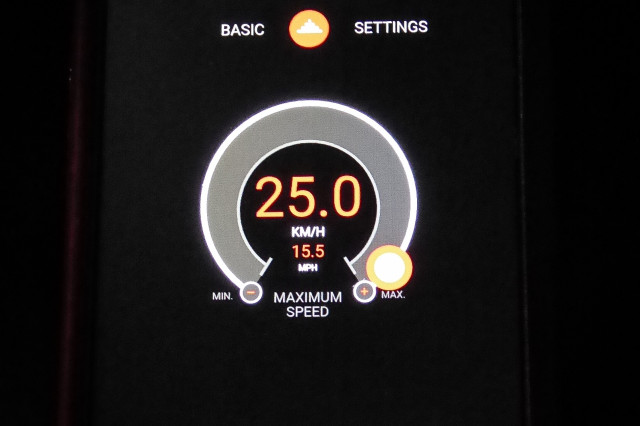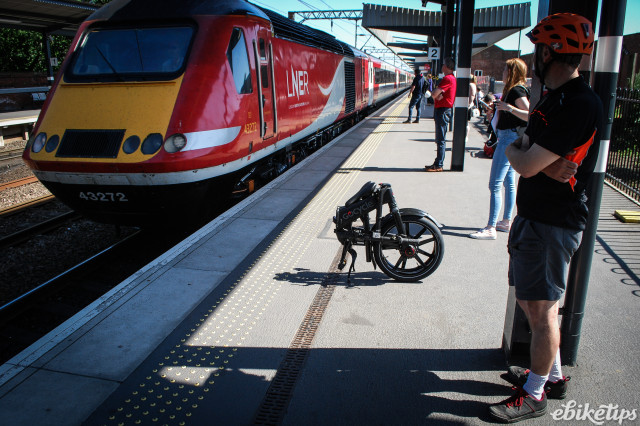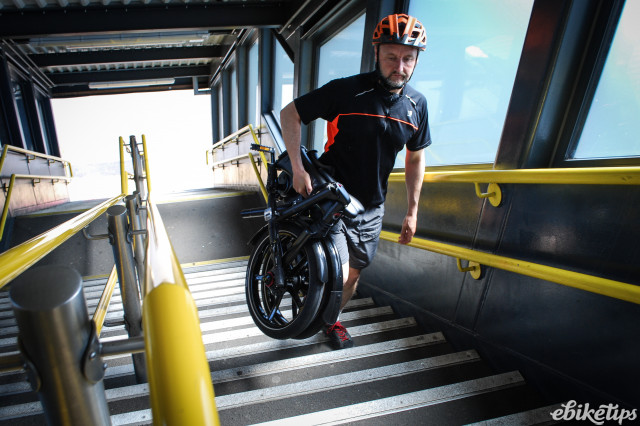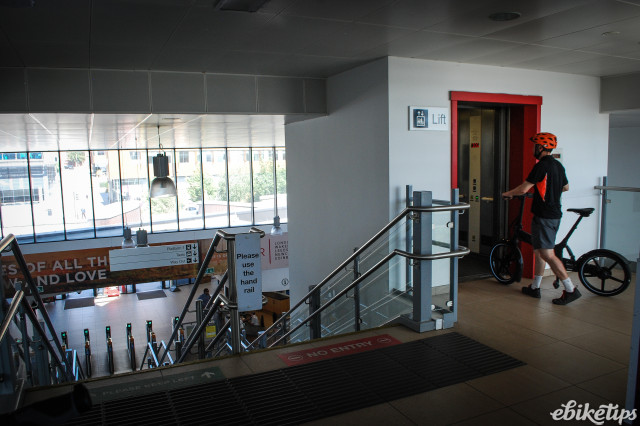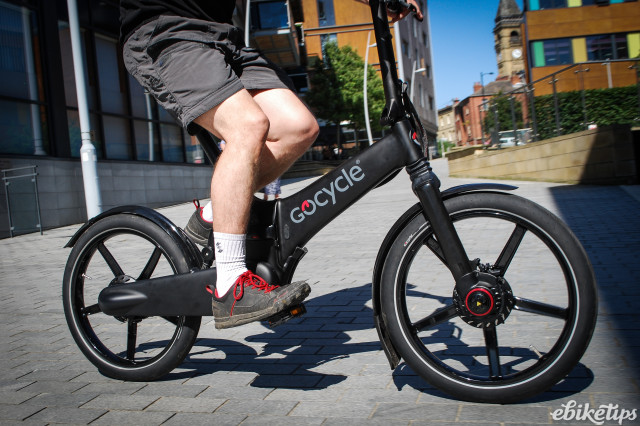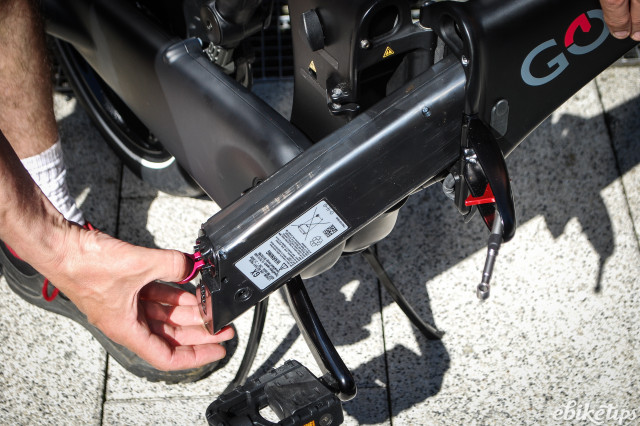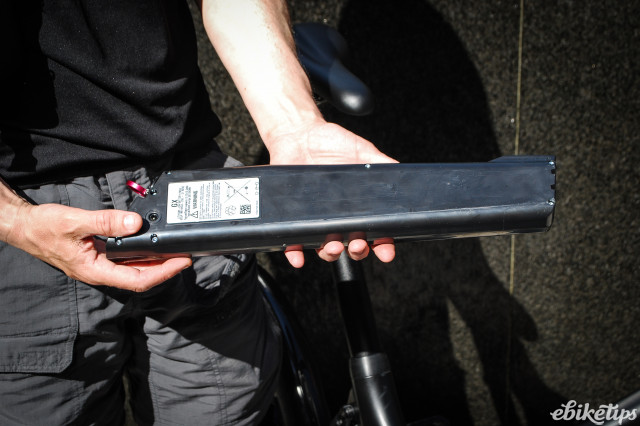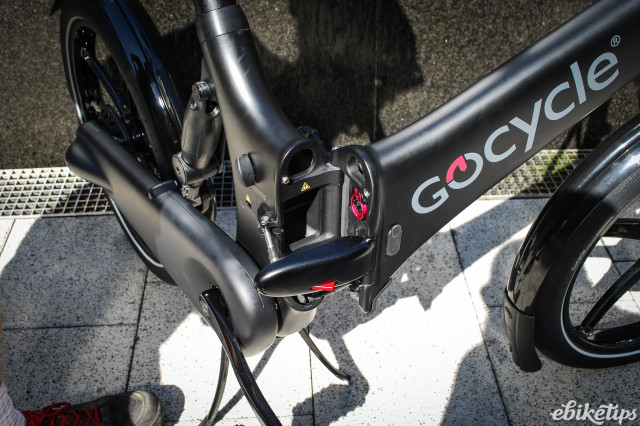Gocycle GX
Overview
- A lightweight motor that performs really well
- Innovative low maintenance technology
- Quick fold
- Assist doesn't kick in straight away
- Proprietary design means there may be compatibility problems with some traditionally designed accessories eg bike trailers
Gocycle is that rare thing, a bike designed from the ground-up. The latest incarnation of what has been dubbed ‘the iPhone of e-bikes’ is the fully foldable GX model. Their other existing models, the S and the G3, are demountable rather than folding.
Buy the Gocycle GX here
All Gocycles are packed with proprietary technology that city commuters will love and the new fast folding element promises to make the Gocycle into a truly ‘multi-modal’ commuter capable of being folded down quickly and easily enough for the train commute.
History and Tech
Gocycle was born out of Karbon Kinetics Ltd, a company founded by designer Richard Thorpe who previously worked for McLaren Cars Ltd. The first Gocycle hit the shops in 2009 and the basic design of the Gocycle has remained the same since, with updates and additions and new models arriving along the way as you would expect.
The GX retains the same smooth-looking frame with proprietary rear suspension, albeit with the addition of a mid-frame hinge that adds the folding element, 20” magnesium mag wheels branded as Pitstopwheels (ie on single-sided forks front and rear), in-frame batteries and a very neat looking and small front hub motor. Look closer though and over the years much has changed.
GX Spec
Whilst the original Gocycle and subsequent models used a one-piece magnesium thixomoulded mainframe, the ‘fold-in-half’ GX now uses hydroformed aluminium; though the magnesium Cleandrive rear frame part remains as do the magnesium wheels. The new GX mainframe and handlepost hinges are beefy, and the locking mechanisms feel secure and sturdy. The seatpost is telescopic - you insert in to the minimum insert level using a thumbscrew tightener on the frame, then use the allen key stowed under the seat you can alter the saddle to your preferred height. The seatpost is angled away from the bars so that taller riders will also be further away from the bars, in effect making this a one-size-fits-all frame design.
Why all this magnesium? Traditionally it’s been regarded as difficult to work with, but several bike companies have dabbled in it over the years because of its lightness and high tensile strength. In 2006 Oscar Pereiro won the TdF on a magnesium-framed Pinarello Nytro, so it certainly has a pedigree, and Gocycle have clearly stuck with the material for a number of years and developed expertise in the area.
It’s worth emphasising how neat and small the front hub motor is, sitting underneath the front monofork, with cooling fins out to one side and disk brake and quick removal nuts on the other side.
The handlebar retains the distinctive five red ‘Knight Rider’ LEDs called the Fuel Gauge, which is self-explanatory as they fade out along with battery capacity the further your ride. There are also rubber mounting straps on the handlebars used to easily mount a standard-sized smartphone, acting as a sophisticated digital dashboard and power level button. To operate it from your phone, you just need to download the Gocycle app which we come to later.
The frame houses a 300Wh lithium ion battery that is quickly removable; ‘break’ the frame in half and with the hinge pin removed, the battery just unlocks and slides out.
More conventional components include hydraulic disk brakes front and rear and three Shimano Nexus rear hub gears and all cables are neatly routed through the frame and disk brakes, chain and hub are neatly enclosed for protection and ultra-low maintenance.
There is further emphasis on low maintenance features that city riders and commuters would certainly want to see. The magnesium mag-style Pitstopwheels are easy to clean and remove quickly by undoing the six bolts; as they are mounted on monoforks, they then simply lift out. The disk brakes with protective covers are a great idea on such small wheels where rim brakes can suffer especially quickly from wear, leaving a grey, gooey grime on your rims. The fully enclosed drive chain, the Cleandrive, is again low maintenance and easy to clean, with Gocycle saying they’ve had bikes where the Cleandrive casing hasn’t needed opening for 10,000 miles or so.
The Ride
If you’re used to riding conventional crank drive motors like Bosch and Shimano, you would need to get used to the slightly different power delivery system on the Gocycle. The power only kicks in above about 4mph (Gocycle say it’s more efficient for riders to use their legs to get moving from a standstill)) but above this level I found the torque sensing power kicks in pretty well in proportion to your pedal effort. Tthis depends to some extent on what mode setting you use (see my comments below on using the app to set and customise the different power settings).
Best of all is the ‘On Demand’ mode whereby power only kicks in when activated by a small push button by the left handgrip, in effect delivering maximum power for the duration it’s held in. The pedals (as legally required) still need to be turned but virtually no pedal pressure needs to be applied if you don’t want to. This gives the rider the best of both worlds; if you want exercise you can set the app to one of the pedelec-style modes Eco, City and City+, or use the OnDemand setting to mix and match pedal and electric power at will.
Although I couldn’t actually find conditions suitable for testing the feature in, Gocycle tell me that the system is also programmed with traction control; speed sensors on both front and rear wheels means that when a differential in their speeds is measured the controller acts to even the power delivery out by adjusting motor output.
The fact this is a fast-riding bike combined with the small motor’s freewheel meant I actually enjoyed riding it without power in flattish conditions, just using the red button power when needed for hills. Pedelec-style Eco mode only kicks in when you are applying 200W of power, and you need to be applying some 400W of power to get the maximum 100% motor assist. That’s quite a workout and will really maximise battery life into the bargain. By contrast the most powerful City+ setting brings in power gradually from the start of your pedal effort until it also tops out motor assistance when you are standing hard on the pedals to input 400W of power. I found this to deliver the smoothest setting in terms of power delivery. Note whatever mode you are in you need to be travelling at 4mph before the power kicks in. The modes are fairly easy to change between using your the bar-mounted smartphone.
Personally I would like power to start kicking in from the moment you start pedalling. That would make steep hill starts easier and make accelerating away from standing traffic a little quicker. Still, it’s a decent setup that delivers impressively smooth power from a tiny motor (Gocycle say it weighs a mere 1kg). This power coming from the small motor was particularly effective in our hill climbing test as the bike romped up the 0.8 mile constant climb in a time equal to some of the best hill climbers we’ve tested, maintaining a speed just below the max cut out speed, even up the steeper sections. It came in a few seconds ahead of a modern city crank drive bike – again impressive.
A longer hilly commute encountering 1 in 7 gradients didn’t pose any problems for the electric assist either. Using the strongest preset mode of City+ and the boost button up steeper hills and into headwinds gave an estimated range over this kind of fairly challenging territory of around 25-30 miles for my 68kg frame.
I’m not really a fan of using a smartphone as a control screen; but those who never want to be separated from their phones will love this system, and the ability to play around with their power profiles and the masses of data that the system measures will probably appeal too. A simple toggle switch by the right hand grip to allow you to manually change your power levels without the need to have your smartphone on the handlebars would give some greater control of power levels for those who didn’t want to rely on a bar mounted smartphone to do this job.
The Fold
There’s not too much to say about this – in a good way. It is quick, easy and intuitive and the solid kickstand makes the bike easy to manhandle during and after folding. Just break the bike in two by pressing the red button to undo the mainframe hinge then fold the bike in half, drop the handlepost in similar fashion and secure the package together with the small rubber tie strap. The seatpost removes to be slotted in the middle of the folded package and secured within the rubber strap.
I found this reasonably easy to pick up with one hand and carry on to a train or up a short flight of stairs and into a flat for storage. My only quibble was that the seatpost could be a bit more securely secured, especially if the folded package is not horizontal, when it can move about.
A nice feature of leaving the seatpost in is that the folded package can be wheeled along, using the saddle as a handle.
Conclusion & Competitors
As a folding e-bike that hails from the UK, comparisons between the GX and the new Brompton Electric will be inevitable. In one sense this is unfair; the Gocycle GX is designed above all else to ride fast and to be comfortable (and I found it fulfilled this brief very well) and not compete on fold with the likes of Brompton.
The GX motor is lighter than the Brompton’s (if a little noisier), but like the Brompton it has plenty of punch up the hills. The Gocycle’s larger, more surefooted 20” wheels and its fold-in-half design inevitably mean it’s bigger when folded (88x39x61.5cm vs 56.5x 58.5x27cm with a Brompton) and battery removal is more time consuming compared to the Brompton. This means you will most likely leave the battery in when commuting, resulting in a heavier folded package of 18.78kg (the total weight) vs a weight of 14kg for the Brompton when folded with the 3.7kg battery removed (the full bike weighs 17.7kg).
This comparison is a little unfair, as even most of Brompton’s competitors acknowledge that in compact folding terms it is the simply best there is. However, the Gocycle GX will fold down quickly and easily, it can be lifted or rolled onto a train pretty easily (though you probably wouldn’t want to attempt lifting above your head) and it has a more sophisticated power delivery system than the Brompton, plus the company has a longer track record in electric terms too.
The GX scores big in the low maintenance stakes as well; I love the fully enclosed Cleandrive (Gocycle say this shouldn’t even need opening for several thousand miles) and the single-sided forks make puncture repair a doddle. There are also a number of luggage extras and optional lights available, plus warranty coverage of 2 years.
It’s not surprising Gocycle are saying the initial demand for the GX is several times higher compared to the launch of previous models, presumably partly because it’s tapping into the healthy bike-train commuter market in big cities like London.
The GX is in the same price bracket as the Brompton electric though the ‘base’ model I tried is more expensive than the top of the line Brompton ML6 Electric by around £200, which also comes with lighting. There is also a widening choice of electric folders with crank motors, but note these currently come with a significant weight penalty (the Bafang powered Tern Vektron for example is over 22kg). It will be interesting to see exactly which bikes in this emerging market prove the biggest hit…

